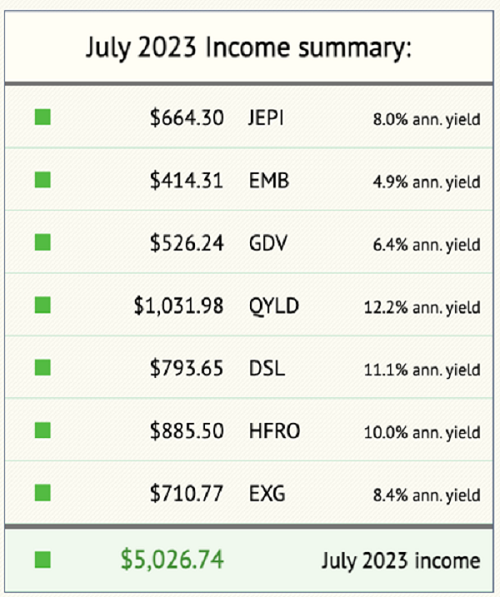Interest rates are (finally!) set to fall. As they do, we’re going to bag bargain-priced 8%+ dividends from a pattern we can set our watches to at times like this.
I’m talking about the mainstream crowd’s habit of “reaching for yield” when Powell & Co. drop rates, eroding yields on CDs, Treasuries and the like.
As these investors go on the hunt for higher payouts, I expect them to flock to closed-end funds (CEFs), one of our favorite income plays, thanks to the 8%+ yields these funds kick out.
But of course, we need to make sure we’re front-running the crowd into the right CEFs: those with high, safe, and ideally monthly payouts, while sidestepping the many dogs out there.… Read more



Recent Comments